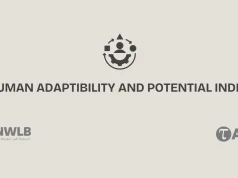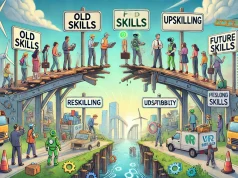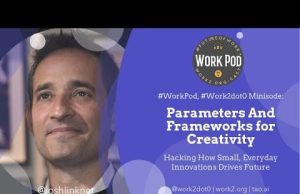In today’s rapidly evolving job market, the gig economy stands as a testament to a monumental shift in the way we perceive and engage with work. As an experienced Youth and Student Employment Advisor, I have witnessed first-hand the allure and trepidation that this new economy presents to the younger demographics, particularly recent graduates and students aiming to pave their path in the professional world. The gig economy, often defined by its flexible, freelance, and on-demand work opportunities, has become a prominent feature in discussions about the future of labor.
Flexibility, arguably the most attractive feature of the gig economy, draws in a youthful crowd who value the possibility of tailoring work hours to their lifestyle and educational commitments. Students and young workers are often enthralled by the autonomy and control over their schedules that gig work provides, an aspect traditional 9-to-5 jobs rarely offer. This flexibility can also foster skills development, as gig platforms enable young workers to dip their toes into diverse fields, collecting a wealth of experience that can be translated into future career prospects.
However, this seemingly liberating work structure does not come without its disadvantages. Economic insecurity stands as a stark counterpoint to the freedom of gig work. Without the safety net of a stable income, benefits, and traditional employment rights, young gig workers may find themselves in precarious financial situations. Health insurance, paid leave, and retirement plans, often taken for granted in full-time employment, are typically absent in gig arrangements, leaving workers to fend for themselves in these critical areas.
Moreover, while the gig economy can serve as a playground for honing a variety of skills, it can also lead to a jack-of-all-trades, master-of-none scenario. Young workers might miss out on the in-depth expertise and career progression opportunities offered by more traditional roles. Various sources, including a report by the JPMorgan Chase Institute, indicate that while a significant portion of Americans have participated in the gig economy, the majority earn only a fraction of their income from these platforms, suggesting that gig work is supplementary rather than a substantive source of livelihood.
Real-life experiences shared by gig workers paint a picture of inconsistent work and fluctuating incomes. Sarah, a graphic designer and recent graduate, expressed her initial enthusiasm for freelance work that quickly turned into anxiety due to the unpredictability of gigs and the constant hustle to secure the next project. For her, the question of long-term financial stability remains ever-present, echoing the concerns of many young workers who chase after gigs in an unpredictable market.
In light of these perspectives, the gig economy’s impact on long-term career prospects becomes a crucial consideration. Statistics from the Bureau of Labor Statistics indicate that the reliance on gig work varies significantly across age groups and industries, with younger workers being both more likely to participate and more vulnerable to its vicissitudes.
The grand debate ensues: Does the gig economy represent a revolution in work-life balance and entrepreneurial opportunity, or does it signal a decline in job stability and benefits that are crucial for the new generation of workers? It’s a question that demands a careful examination of personal and societal values, economic trends, and the evolving nature of work itself.
In conclusion, while the gig economy continues to grow, its role in youth and student employment presents both opportunities and challenges. As the workforce of tomorrow grapples with this new paradigm, it’s imperative that policymakers, educators, and industry leaders collaborate to ensure that flexibility does not come at the cost of economic security and that the potential for skills development in the gig economy is maximized without sacrificing long-term career growth and stability.

























